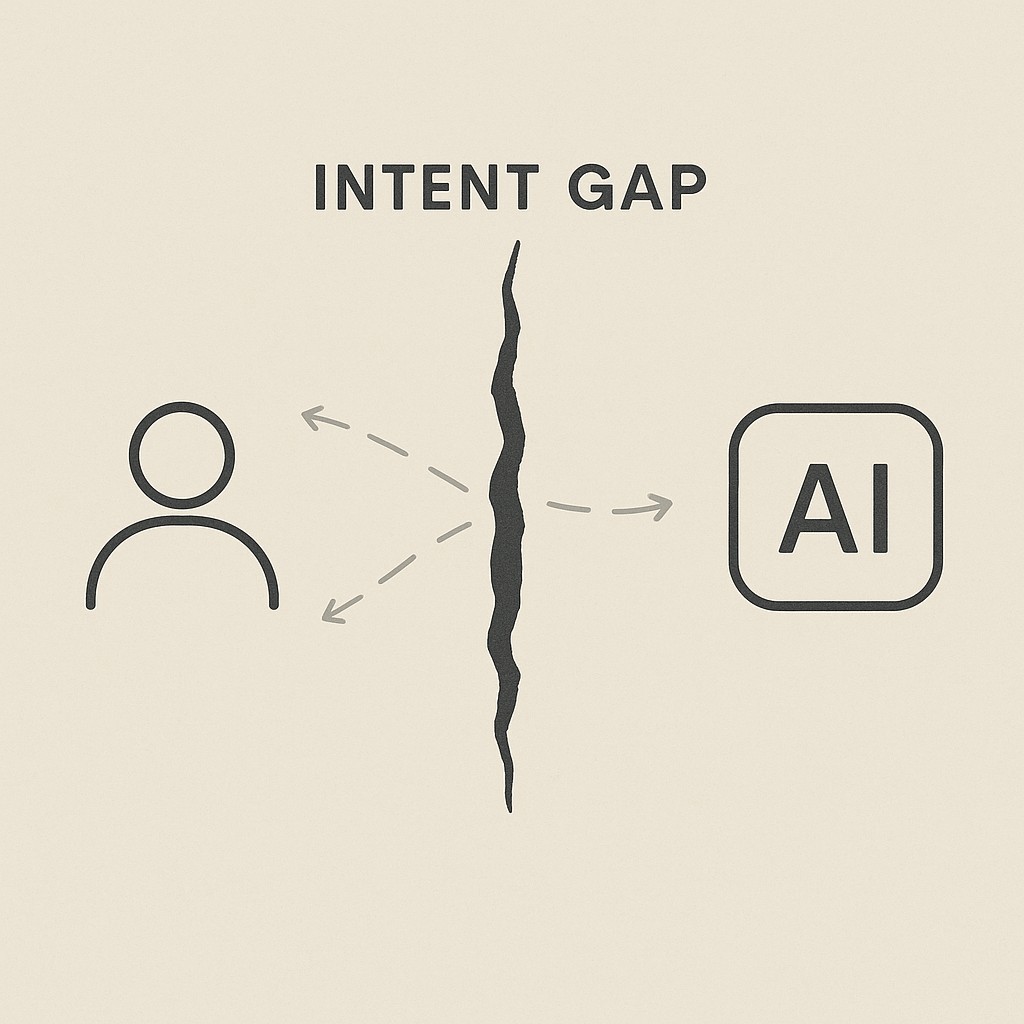You Already Saw the Revolution: Integrate AI into Workflows Now
You Already Saw the Revolution: Integrate AI into Workflows Now

You Already Saw the Revolution—Stop Waiting for the Next One
My first “wait a second” moment with ChatGPT happened late one night, staring at a debugging prompt. I expected another stubbed answer, but instead saw how to integrate AI into workflows with code annotated so clearly I actually wanted to copy-paste it. For years, software felt like a vending machine: put in a request, maybe get a snack, don’t ask for advice. Suddenly, it felt like sitting with an engineer who listened—and replied with useful context. That’s when the world veered onto a new track no one predicted.
Fast forward to last week. “GPT-5 Is Coming in July 2025 — And Everything Will Change.” The headlines roll in like clockwork. If you’re building anything AI-adjacent, you know the rhythm—big claims, bigger predictions, some version of “don’t bother yet, just wait.”
Let’s get this straight. The disruptive step wasn’t the launch of GPT-5 or even GPT-4. It was the first time conversational AI was useful in solving a real problem. The shift doesn’t start with the next model—it started with the first one you talked to. That moment you asked the model for something ordinary—debugging code, summarizing data—and the response felt like actual help. Progress since then isn’t about bigger models. It’s about closing the intent gap: translating what users mean into what the system delivers, iterating on workflows, making results reliable for real people.
Here’s the sticking point. Too many builders are deferring work, holding back on adoption by pinning hope on the next release, the next round of parameter inflation. I’ve fallen for it too—waiting because I thought the “right” model would unlock everything. But what matters right now is shipping a workable v1 AI feature that captures user intent, delivers relevant context, fits into the actual flow of work, and can be tested with real users—not hypothetical ones.
It’s time to stop looking ahead and start moving with what’s in front of us. We’re not waiting for a revolution. We’re just adjusting to the one we’re already in.
The Trap of Model-Driven Hype: Design Is the Frontier
If you’re still waiting for a new AI model to change everything, you’re already behind. The “intent gap”—the distance between what your users actually mean and what your system understands—remains the thing that trips up most products, no matter what size the model is. I see it all the time. Teams keep punting on core user experience challenges, convincing themselves that GPT-next will just make them go away. But anchoring on the promise of tomorrow’s model only delays facing the one hard problem you can actually solve today.

AI workflow integration is now quietly woven into all kinds of workflows, apps, and interfaces. It’s gone from being this showpiece feature to just background infrastructure. That’s what caught me off guard—a year ago, “powered by AI” earned a spot in every release note. Now, it’s just something users expect. AI adoption is compounding fast—65 percent of organizations now regularly use gen AI, nearly double last year’s rate. That’s not hype. It’s a baseline.
Think about how the iPhone’s steady, incremental updates quietly changed the whole economy. The real shift wasn’t in splashy launches, but in the way usage compounded—suddenly everything moved through your pocket. Six months ago I found myself explaining this to a friend who really couldn’t see past the tech reviews. I tried to reason with him using spec sheets, then just handed him my phone and watched him book travel, find restaurants, text four people—all in one minute. I kept thinking about that afterward. The real change wasn’t technical—it was in how habits got reshaped. AI is pulling the same move, just more quietly.
Models already “know” more than enough to power most features you or I would want to ship. The real pinch is in how you capture user intent and deliver it with the right context—where the system fits, who it interrupts, how reliable it actually feels in practice. Real-world data puts model costs at less than 10–15 percent of total solution costs—which means integration and design are the true bottlenecks. So your constraint isn’t model horsepower. It’s whether the experience fits a real workflow and resolves the actual intent gap.
That’s why your edge is in what you ship this sprint, not what you’re waiting for next quarter. Integrate AI with workflows while solving intent and context now—the rest will compound faster than you think.
A Framework to Integrate AI Into Workflows: Solve Intent, Context, and Workflow
Here’s what actually moves the needle. Your AI feature needs to do three things—capture user intent precisely, deliver task-relevant context, and fit into a real workflow with clean handoffs. That’s it. If you nail those, the model almost doesn’t matter. (I know this because for months I tried skipping straight to “agents”—endless orchestration, complexity, and flaky outputs. The bug reports spoke for themselves. Lesson learned.)
Let’s get into intent. In intent-driven AI design, you want the system to really understand what users want, not just guess from a vague prompt. That means using structured inputs when you can (think dropdowns, checkboxes, forms), but also constrained prompts and function calling when you’re working with language models. The magic is in how function calling lets GPT-3.5 and GPT-4 accept user-defined functions and deliver structured outputs—making intent capture much more predictable. Disambiguate with clarifying questions—don’t just plow ahead if the request is fuzzy.
Expect edge cases and refusals. Design so users can say “that’s not what I meant,” and the system can say “sorry, I can’t do that.” That’s not a model upgrade—it’s a design problem. You get something robust by spelling out behaviors before you tune parameters.
I’ll admit it. I still catch myself at 1 a.m. scrolling through hashtag#AgenticAI threads, half-convinced the right prompt hack will save me from hard design. Last week I even reorganized my prompt library—again—because novelty is such a lure. Then I remember. The framework’s what gets things shipped.
On to context. For context-aware AI, you need a compact retrieval layer to make sure the model has the facts straight, not hallucinating each time. Define your authoritative sources up front. Keep your system prompts stable. When people talk about “embeddings” and RAG, it’s just picking what facts matter, finding them fast, and passing them in every time. I’ve seen consistent context cut hallucinations more than any model swap.
Last piece. Your feature needs to integrate AI into workflows where users already work. Choose touchpoints where the AI is just an assistant in the background, not the star. Design for handoff and accountability. Less spectacle. More takeover.
Ship a Useful v1 AI Feature This Sprint: From Framework to Real Action
Pick one workflow. No big, sweeping overhaul, just a task a real user does with a clear start and finish. The sharper the edges, the better. Maybe it’s AI in developer workflows—“summarize five new PR comments,” or “extract action items from a weekly standup transcript.” Define the user intent up front: what exactly are they trying to get done? Map where the facts and context come from—are you pulling docs, code, user history? Decide the moment where AI slots in—before, during, or after the main work?
Set success for both realities: live usage (did it help, did someone use it twice?) and offline checks (did it get the answers right, does it handle weird cases?). I’ll be honest. Every AI project I’ve shipped that got traction started this way—the smallest scope, the tightest harness. Complexity kills, especially on v1.
Now lay the groundwork for capturing intent. Design a fast, structured form or schema that guides users—skip open prompts for the first build. ChatGPT’s biggest win is giving something you ask for, reliably. So add clarifying questions right in the flow to catch ambiguity before it breaks things. Function calling lets you route tasks cleanly—“classify,” “summarize,” “reply”—and keeps the UX tight and predictable. One example: when I built a support reply tool, the prompt was simple, but the schema (issue, tone, reply length) caught almost every oddball request up front.
Next, build context delivery. Create a minimal retrieval index so the AI sees exactly what matters—tag your authoritative docs, keep a short list of user data, stitch your system and user prompts together without drift. Even starting with GPT-3 and a handful of tagged PDF docs, I shipped a feature that beat random copy-paste jobs hands down. Set up test cases offline and a small synthetic dataset so you can measure relevance before showing anyone live results. After that, check if it handles new facts over time or starts to drift.
Integration is where features sink or swim. Pick your touchpoint—think PR comment suggestions, inline code review, or auto-drafting support replies. Set up guardrails: limit when it fires, paste logs when things get weird, keep it in the background so it assists, not interrupts. I’ll say it clearly. My tiny code-review helper got real adoption, while my “general agent” project never left beta. Small helpers fit, big orchestrations flounder.
To actually ship, measure online usage (are people using it? completing flows? happy with the results?) and offline accuracy (did it do the right thing every time you check?). Schedule weekly reviews. Block out a calendar slot, don’t skip it. Invite feedback (even from skeptical users). The only way forward is to ship, so get it out there and iterate. hashtag#YourMove
Use our app to generate AI-powered content with guided inputs and quick iterations, so you can move fast, test ideas, and get practical results without waiting for the next model.
Ship Now: Compound Your Learning and Stop Chasing Perfect Models
More breathless predictions. More vague declarations about agents, creativity, and the end of jobs. I’ve stalled myself plenty of times, second-guessing whether to use GPT-4, waiting for GPT-5, worrying I’ll have to rebuild everything. But if you design for portability and evaluation, swapping models or refining outputs is straightforward. While sitting out another hype cycle just compounds the real risk: stalling your team’s progress.
Here’s what actually builds momentum. Every day of real usage, you get sharper at understanding intent, you refine what context matters, and you integrate more smoothly into the workflow. I measure progress by shipped deltas—not by model release notes. Week by week, those iterations compound into real product value.
There’s still one thing I can’t shake. I know that quiet compounding—like the iPhone analogy earlier—will win out, but sometimes I catch myself wondering if I’m missing the next big leap by not chasing specs. Maybe that tension never fully goes away. I keep shipping anyway, because each new feature teaches more than the model docs ever do.
So, ship your v1 AI feature this sprint. Solve for intent, context, and workflow now. Evaluate online and offline. Iterate. Don’t wait—every build is a chance to get smarter.
This is the expected criteria for your final answer: Free-form (raw) output is acceptable. Follow the task description carefully.
you MUST return the actual complete content as the final answer, not a summary.
Begin! This is VERY important to you, use the tools available and give your best Final Answer, your job depends on it!
Enjoyed this post? For more insights on engineering leadership, mindful productivity, and navigating the modern workday, follow me on LinkedIn to stay inspired and join the conversation.
